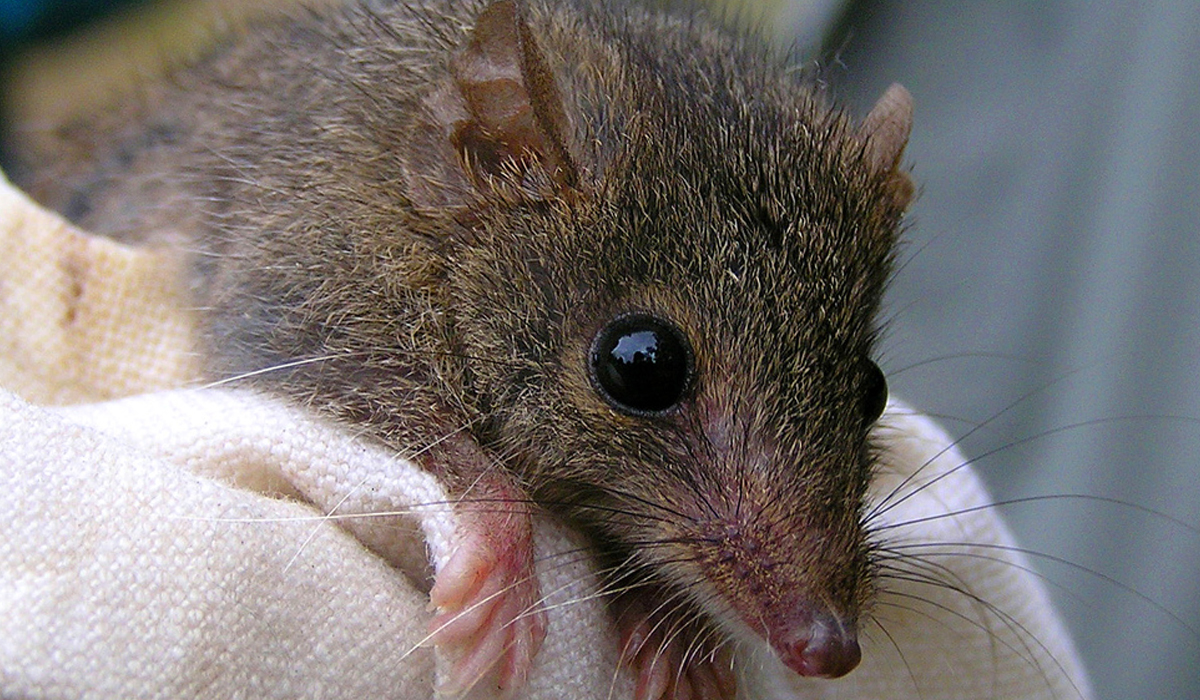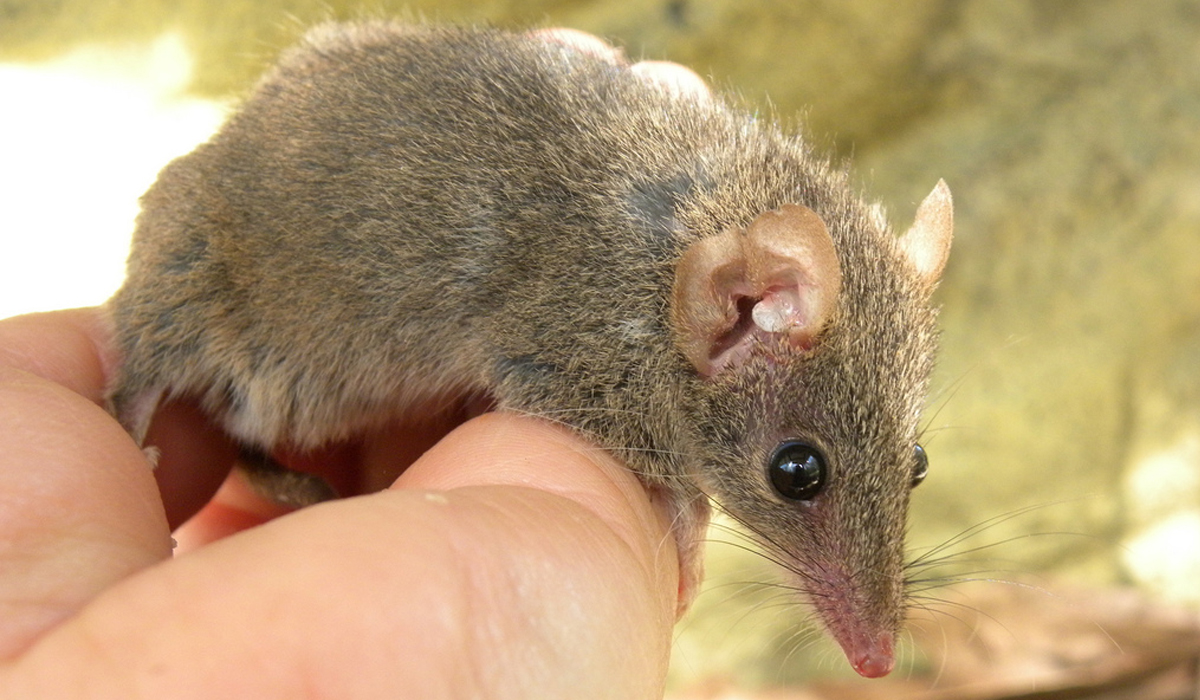
These tiny mountain-dwelling marsupials have a unique and unusual mating strategy—the males mate frantically with multiple females until they drop dead.
“Reproduce or die trying” is evidently the motto of the antechinus, a miniature shrew-like mammal found only in the remote mountaintops of Australia, Tasmania, and New Guinea.
For these animals, mating is a once in a lifetime opportunity — males generally only live long enough to breed once, so they’re not taking any chances. Individuals will literally fall apart during 2- to 3-week marathon mating sessions, each lasting up to 14 hours. Their bristly fur falls out, they bleed internally, and their tissues begin to rot. Even in this state, males will continue to seek out more (likely unimpressed) females to mate with.

Biologist Diana Fisher of the University of Queensland believes that this odd strategy is an adaptation to the seasonal availability of food in the region combined with intense competition between males.
Rather than competing by fighting, the males do so with sperm. By mating frequently with as many females as possible, they’re more likely to displace the sperm of others males – therefore passing their genes along to the next generation. And, the species is so short-lived that a slightly premature death from mating doesn’t seem like such a bad option.
Unfortunately, this isn’t the death by coitus isn’t the only threat antechinuses are facing these days. The Australian government recently declared two species endangered: the silver-headed antechinus (Antechinus argentus) and the black-tailed dusky antechinus (Antechinus arktos.)
Their decline has mainly been due to habitat loss, changing climate, and threats from feral animals like cats, horses, and cattle.
“Australia has the worst mammal extinction rate anywhere on earth,” said Dr. Andrew Baker, a professor from Queensland University of Technology, who first discovered both species in 2013. “We must take action, so I am pleased the Australian Government has approved this listing and enshrined the protection of the antechinus, and a range of other species, in federal legislation.”
We can only hope that the conservation strategies in place will help save this fascinating creature.




